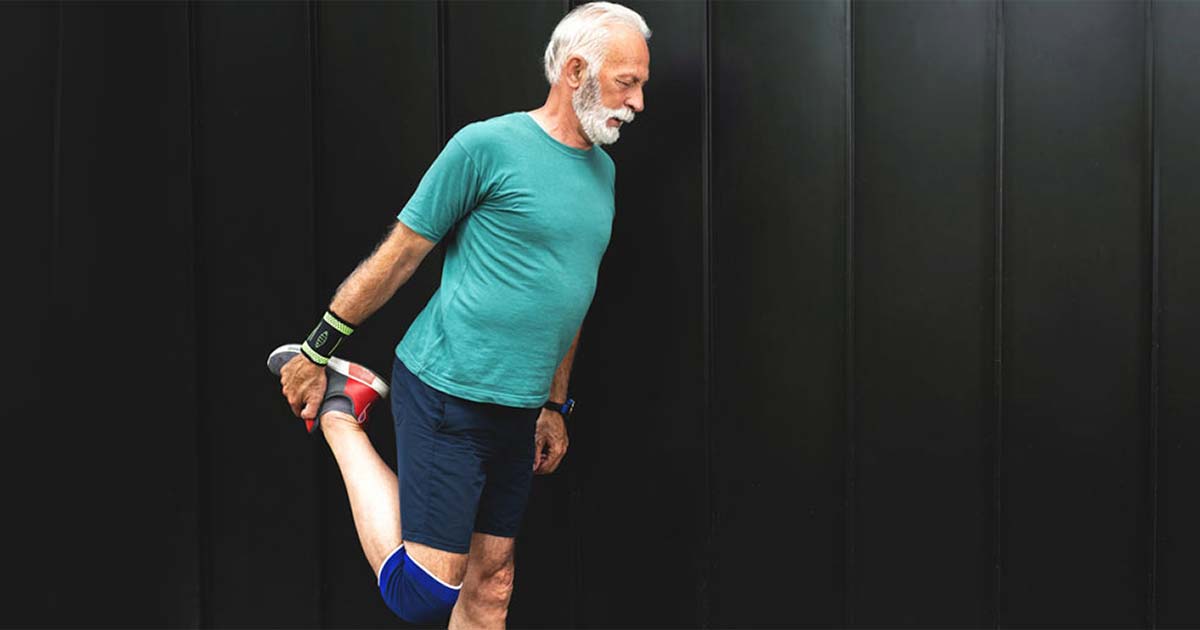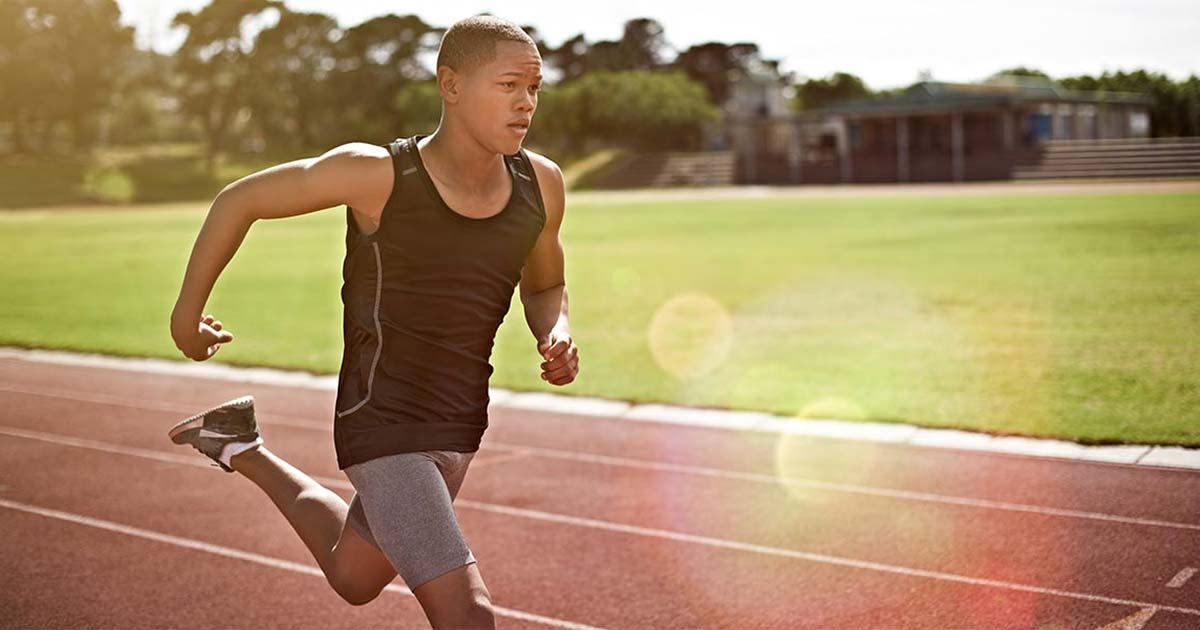
Advice to improve your movement, fitness, and overall health from the #1 in orthopedics in the U.S.
Preventing Injuries While Working Out at Home
HSS gives you some tips to help you stay fit, safe, and injury free doing your at-home workout.
Advice to improve your movement, fitness, and overall health from the #1 in orthopedics in the U.S.

- Personalize your workout.
If you’re following a workout from a magazine, video, app or general online programming, recognize that those workouts are made for the general population. You may need to follow the modification model or even regress the exercises further depending on your fitness level or take more breaks than mentioned or a longer rest period.
- Vary your routine.
Do not do the same routine or exercises every single day. Mix up your week with routines such as upper body blast, lower body HIIT, and cardio workouts. Avoid doing routines that target the same muscles and same exercises on back to back days. By changing things up you are continually targeting different muscles and not over utilizing the same movement patterns that can lead to overuse injuries.
- Pay attention to pain.
Strength movements should not be painful. That old motto “no pain, no gain” does not apply here. Moving in ways that cause you pain is not healthy and can lead to multiple musculoskeletal problems either now or down the road. If you experience pain during a specific exercise, stop doing it and seek professional advice.
- Don't be afraid to ask for help.
It is easy to get overwhelmed when you’re starting a workout routine on your own. You may have questions about form, technique, what equipment to use, how to get results, or even how to stretch. If you want to work out at home but don’t know where to start, an exercise physiologist is a good expert to start with. They offer fitness testing and home exercise programs that give you a comprehensive, total body fitness program with exactly what you need to get going and how to progress once you get the hang of it.
- Stay hydrated and get plenty of sleep.
Many injuries occur when we are dehydrated or exhausted. Dehydration can show up as muscle spasms, cramps, dizziness or light-headedness. And all of this can lead to injuries if left unchecked. Always seek professional help if you develop these symptoms or if you have persistent pain after stopping an exercise routine.
- Renew, regenerate and recover.
Taking days off is not a suggestion; it is a requirement for strength improvements and injury prevention. The same muscles that create a stronger, more powerful individual are also the muscles that help prevent injuries. If they are not able to recover and repair from the strain of exercise, they are not getting stronger and may not be able to help prevent injuries either. Recovery happens with proper hydration, nutrition, stretching, rest and sleep. Remember, you are making positive changes in your musculoskeletal system on those rest days. Even if you do not feel sore, you are working new muscles are working and preventing injuries is key.
Published 2/22/2022

